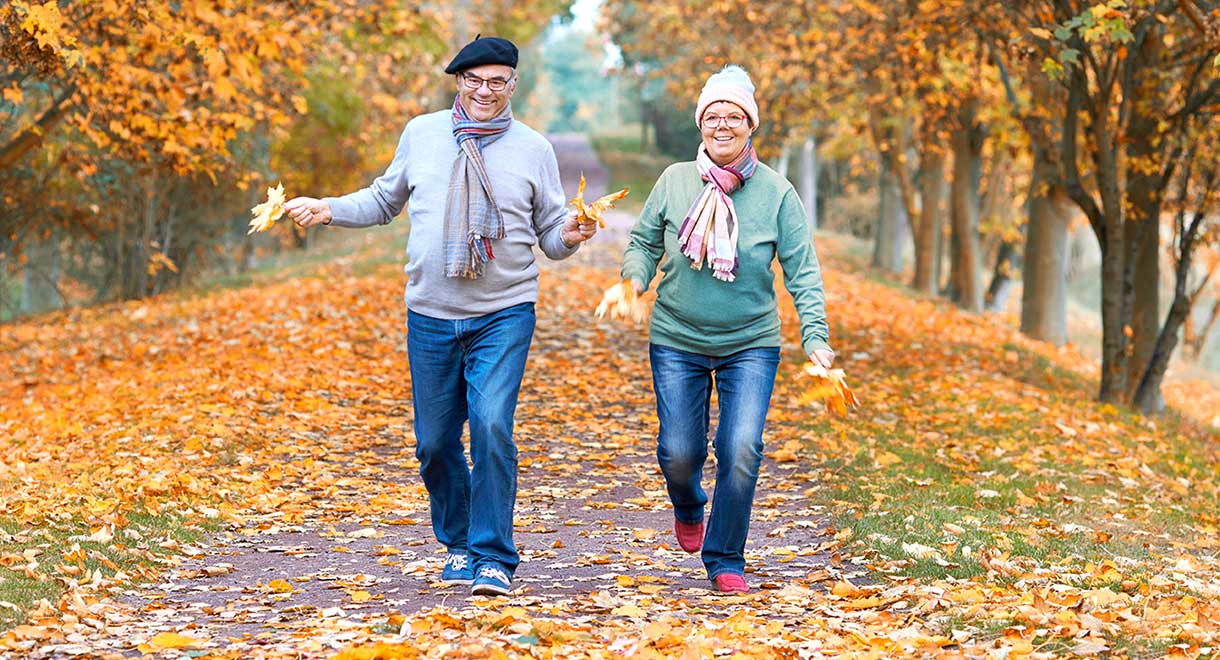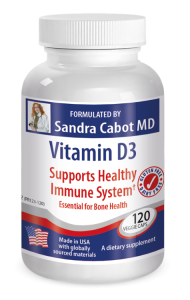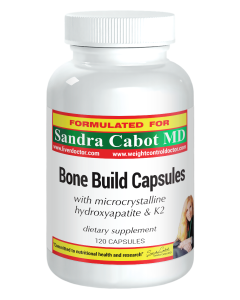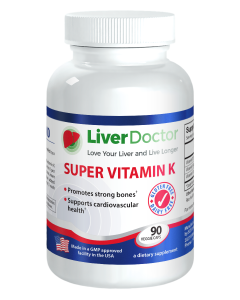

Just 2 Minutes Of Daily Exercise Can Reduce The Risk Of Hip Fracture
A study published in the Journal of Bone and Mineral Research showed that hopping for 2 minutes per day can significantly reduce the risk of hip fracture in older people.
Osteoporosis is a major worldwide problem. According to the International Osteoporosis Foundation someone in the world has an osteoporotic fracture every 3 seconds. As we age, our bones get thinner. In the hip bones, this thinning can lead to a higher risk of hip fractures. Fracturing a hip can cause a significant deterioration in health for an older person and shorten their lifespan.
Researchers from Loughborough University in the UK conducted what they called the Hip Hop study. It showed that regular high impact exercise can help to counteract the effects of aging on bones. The researchers asked 34 men over the age of 65 to hop for 2 minutes every day for one whole year. The men only hopped on one leg, so the bone density of their other leg could be used for comparison.
The results were quite impressive. Bone mass increased by up to 7 percent in areas of the exercised hip's outer shell (cortex). The participants also experienced increases in the density of the layer of spongy bone underneath the cortex. The beneficial effects were also seen in the thinnest parts of the hip bone; these are the areas most likely to suffer a fracture during a fall.
Exercise is so vital for maintaining bone strength and mobility as we age. Hopping for 2 minutes each day is achievable for most people, as long as it’s done in a safe way to minimize the risk of falls. What else can you do to strengthen your bones? The following are all risk factors for osteoporosis:
- Low levels of vitamin D in your body.
- High levels of parathyroid hormone, which are most commonly caused by longstanding vitamin D deficiency. The parathyroid hormone levels usually normalize once the vitamin D is supplemented. Other factors such as kidney disease and tumors of the parathyroid glands can cause elevated levels of this hormone, so it must be investigated by your doctor.
- A diet lacking in minerals such as calcium, magnesium, boron, strontium, manganese, zinc, copper and silicon. Bone Build capsules contain nutrients required for strong bones.
- Low intake of vitamin C which weakens the collagen that gives bone its flexibility.
- Low intake of vitamin K. Vitamin K is found in dark green leafy vegetables, egg yolks, the fermented soy food called “natto”, moldy cheese, oily fish and liver. Vitamin K2 is the more bioactive form and it’s only found in animal foods. Good bacteria in your intestines can manufacture it but many people are missing adequate levels of these good bugs.
- Low levels of the sex hormones estrogen and testosterone, especially in women with premature menopause.
- Medications such as long term corticosteroids, antacid medications (which prevent adequate production of hydrochloric acid in the stomach), excess thyroid medication, some anticoagulants and some anti-convulsant medications can lead to bone loss.
- Excess consumption of alcohol and/or cigarette smoking.
- Eating disorders such as anorexia nervosa.
- Undiagnosed celiac disease and bowel diseases such as inflammatory bowel disease and irritable bowel syndrome.
Know someone who might benefit from this article? Share it!
2 Comments
Need Help?
1-888-75-LIVER
Monday to Friday, 9:00 am to 5:00 pm MST
100%
Satisfaction Guaranteed
If it’s faulty or wrongly described, we’ll replace it.














That's incredible!
Such a small change with huge benefits.
Kind regards,
Jessah Robinson
Nutritionist for Liverdoctor.com